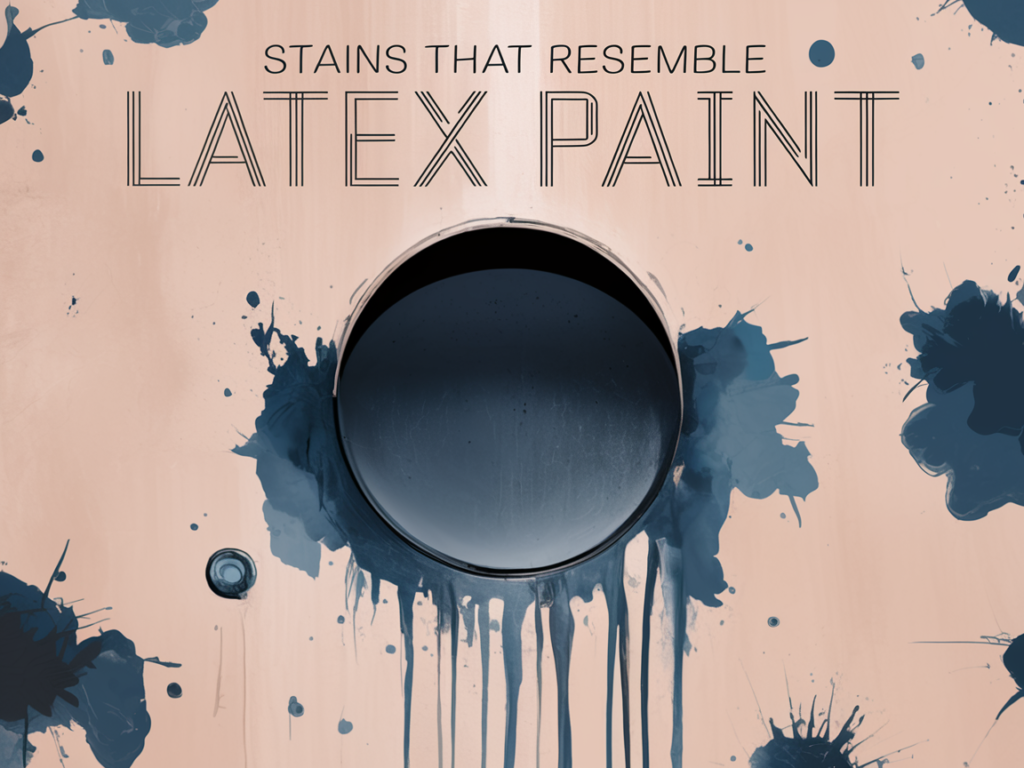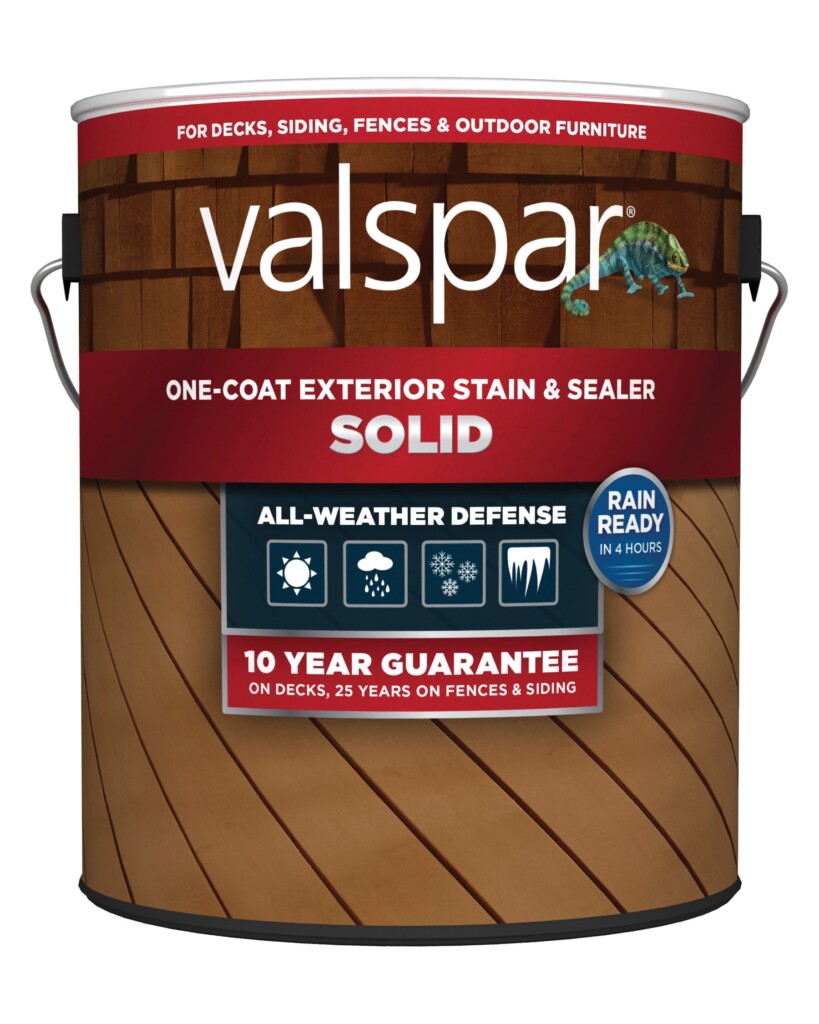
When it comes to finishes for wood surfaces, stains and paints are typically considered distinct options. However, there are stains available in the market that possess characteristics resembling latex paint. In this article, we’ll delve into the reasons why some stains may resemble latex paint and explore how they can still be considered stains despite their paint-like qualities.

Stains Resembling Latex Paint
Stains that exhibit similarities to latex paint often share the following characteristics:
1. Opacity and Coverage
Unlike traditional stains, which typically penetrate the wood and enhance the natural grain, these “paint-like” stains tend to have higher levels of opacity. They can provide a more solid coverage, similar to that of latex paint, effectively concealing the wood grain and offering a more uniform appearance.
2. Color Options
While traditional stains often feature a range of natural wood tones, stains resembling latex paint offer a broader spectrum of colors. These paint-like stains may come in various shades, including vibrant and bold hues that go beyond the typical wood tones. This expanded color range resembles the options available with latex paint, providing more customization opportunities.
3. Film-Forming Properties
One of the main distinctions between stain and paint lies in the way they interact with the wood surface. Traditional stains penetrate the wood, whereas paint forms a film on top. Stains resembling latex paint often possess film-forming properties, similar to paint, which means they create a layer on the surface rather than penetrating it deeply. This film formation contributes to their enhanced opacity and coverage.
How It’s Still Considered Stain
Despite their similarities to latex paint, these “paint-like” stains can still be classified as stains based on the following factors:
1. Penetrating Capabilities
Even though stains resembling latex paint form a film on the surface, they still retain some level of penetrating capabilities. While not as deep as traditional stains, these products can partially seep into the wood pores, allowing for some interaction with the underlying fibers. This limited penetration helps preserve the natural characteristics of the wood to some extent.
2. Retention of Wood Texture
Although these stains provide a more uniform appearance and cover the wood grain, they often retain a subtle texture of the wood surface. This texture distinguishes them from traditional latex paint, which typically results in a smoother, more solid finish. The ability of these stains to preserve some of the wood’s texture contributes to their classification as stains rather than paints.
3. Maintenance and Reapplication
Similar to traditional stains, these “paint-like” stains can be maintained and reapplied over time. If the wood surface becomes worn or damaged, the stain can be refreshed or reapplied without the need for extensive surface preparation. This characteristic aligns with the convenient maintenance aspect commonly associated with stains, setting them apart from paint that typically requires more intensive preparation and application procedures.
While stains resembling latex paint possess qualities such as enhanced opacity, a broader color range, and film-forming properties, they are still considered stains due to their ability to penetrate the wood, retain some texture, and offer convenient maintenance options. These unique stain variations provide an alternative for those seeking a more uniform appearance or a wider array of color choices while maintaining the essence of wood.
When considering stains that resemble latex paint, it’s important to carefully review product descriptions, instructions, and customer reviews to ensure the desired characteristics and performance align with your specific project requirements.
As an Amazon Associate we earn from qualifying purchases through some links in our articles.



